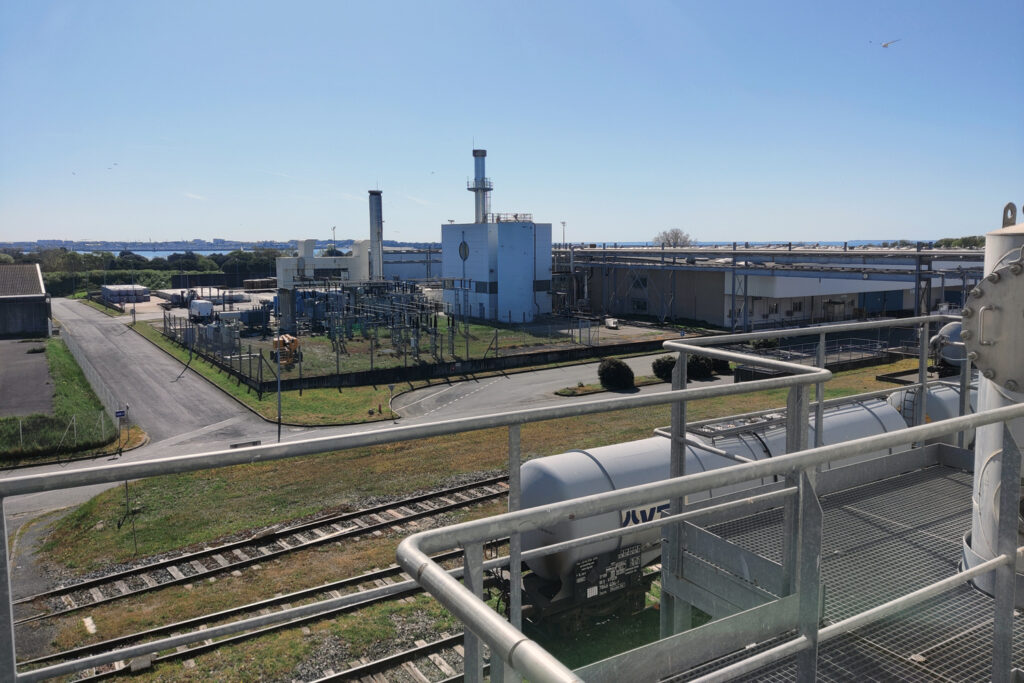Belgian chemical company Solvay inaugurated a new production line for rare earth elements for permanent magnets at its La Rochelle plant in France on Tuesday.
Among the notable attendees were France’s High Commissioner for Planning, Clément Beaune, and the Belgian Ambassador.
The goal is to contribute to European self-sufficiency in rare earth production and support green technologies.
The La Rochelle plant has been active since 1948 and is the only facility in Europe capable of processing rare earth elements on an industrial scale.
Some of the equipment and expertise required for the new production line were already available at the site, explained Solvay CEO Philippe Kehren and Special Chem president An Nuyttens.
Rare earth elements are metals and metal compounds, making their name somewhat misleading.
These 17 elements, though abundant in the Earth’s crust, are essential in manufacturing technologies like batteries, phone screens, missiles, and energy-efficient bulbs.
Despite their abundance, their high demand is due to the significant increase in electronic device production. China accounted for 70% of global production in 2023.
Previously, the La Rochelle plant primarily produced rare earths for automotive catalysts.
This new production line, however, represents a completely new value chain for Europe, as it already exists in China, noted CEO Philippe Kehren.
Europe currently has limited permanent magnet producers, mostly small-scale operations.
Permanent magnets are crucial for electric vehicle motors, renewable energy infrastructures, advanced electronics, and defence systems.
Solvay aims to meet 30% of Europe’s rare earth needs for these magnets by 2030, starting with small-scale production of a few hundred tonnes.
"We are starting small, with an investment of only a few million euros, to prove the concept," added Kehren. Contracts with automotive and wind turbine manufacturers are in place, with potential for gradual production increases if demand grows.
Achieving the 2030 goal would require over €100 million in investment, necessitating guarantees.
The new line will initially use 100% recycled rare earths.
"Currently, all end-of-life electric vehicle motors are sent to China. Europe needs regulations to keep recyclable materials within the region," suggested Kehren and reiterated by An Nuyttens.
The new process aims to reduce Solvay’s CO2 emissions by 40% and halve water consumption by 2030.
"Our expertise enables us to maximize rare earth recovery and use 75% renewable energy," detailed Nuyttens.
Kehren noted, "We are close to China in terms of competitiveness. Our engineers are skilled and can optimize processes with digitalization and machine learning. While we currently have a cost gap, it can be bridged with further investment in Europe."

